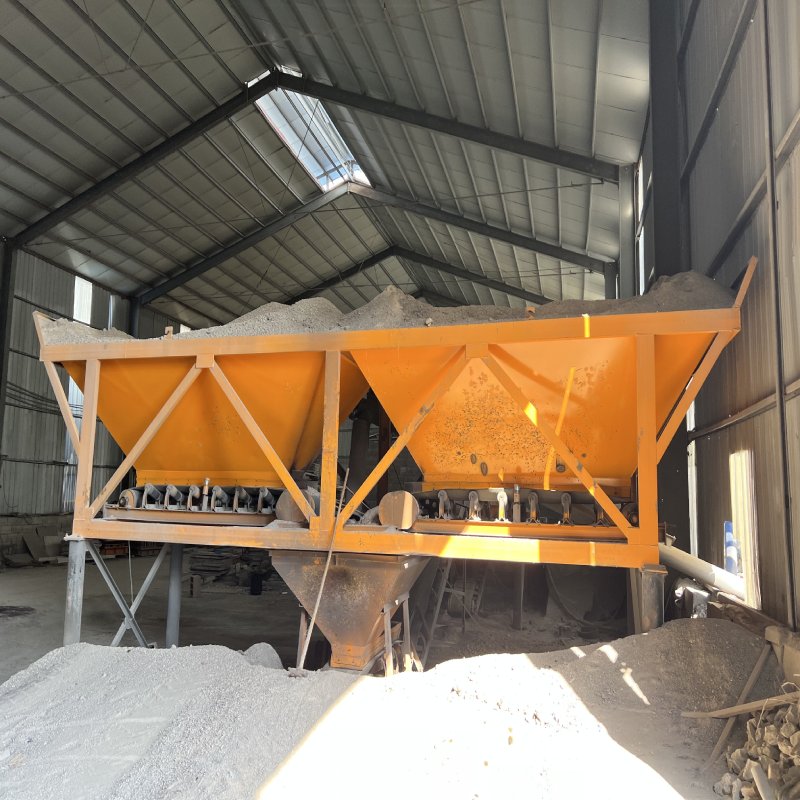
Image source:Aiwei block machine
Introduction
Block making machines are essential tools in the construction industry, and their prices can be subject to fluctuations due to a myriad of market trends and economic factors. This article delves into the dynamics of block making machine price fluctuations, offering insights into how various countries experience these shifts. Understanding these trends is crucial for construction professionals, manufacturers, and policymakers to make informed decisions in a globalized construction machinery market.
1. The Importance of Block Making Machines in Construction
Block making machines play a pivotal role in the construction industry, facilitating the production of building blocks and bricks used in various types of structures.
2. The Global Block Making Machine Market
The market for block making machines is global, with manufacturers and consumers spread across various countries and regions.
3. Economic Factors Influencing Price Fluctuations
Currency exchange rates: Fluctuations in exchange rates can significantly impact the prices of block making machines, especially when manufacturers source components and materials internationally.
Raw material costs: The prices of raw materials such as steel, electronics, and hydraulics can fluctuate, affecting production costs and machine prices.
Labor costs: Differences in labor costs between countries can lead to variations in machine prices. High labor costs in developed countries may result in more expensive machines.
Inflation rates: High inflation rates can drive up production costs, potentially leading to price increases for block making machines.
4. Regional Price Fluctuations
Developed countries: Developed nations often experience more stable machine prices, with fluctuations mainly driven by factors such as inflation and technology upgrades.
Developing countries: Developing countries may witness more significant price fluctuations due to volatile economic conditions and currency devaluation.
5. Technology and Innovation
Advancements in block making machine technology can lead to price fluctuations. Newer, more technologically advanced machines often come with higher price tags due to research and development investments.
6. Quality Standards and Regulations
Stringent quality standards and regulations, common in developed countries, can lead to increased production costs, which may be reflected in machine prices.
7. Market Demand and Competition
Market demand and competition among manufacturers can also affect machine prices. In regions with numerous manufacturers, prices may be more competitive.
8. Sustainability and Environmental Considerations
The growing emphasis on sustainability and eco-friendliness in construction machinery can influence machine prices. Eco-friendly machines may come at a higher cost due to the investment in green technologies.
9. Economic Impact on Construction
Price fluctuations in block making machines can directly impact the construction industry’s cost structure. Lower machine prices can make construction more affordable and stimulate growth in the sector.
10. Future Trends
As technology continues to advance and sustainability becomes more critical, we can expect further fluctuations in block making machine prices. Innovations may drive down prices for some models, while eco-friendly features could raise prices for others.
11. Case Studies: Experiences in Different Countries
China: As a major manufacturer of block making machines, China experiences relatively stable prices due to its robust manufacturing sector.
Germany: Germany is known for producing high-quality, technologically advanced machines, resulting in stable, premium prices.
Brazil: Price fluctuations in Brazil are influenced by economic volatility and currency exchange rates.
Conclusion
Block making machine price fluctuations are the result of a complex interplay of economic factors, including currency exchange rates, raw material costs, labor expenses, inflation rates, technology advancements, quality standards, and market demand. These fluctuations impact the accessibility of construction machinery globally and affect the cost structure of the construction industry. As the global construction machinery market continues to evolve, a nuanced understanding of these market trends is essential for stakeholders to make informed decisions and contribute to sustainable, affordable, and accessible construction practices worldwide.
